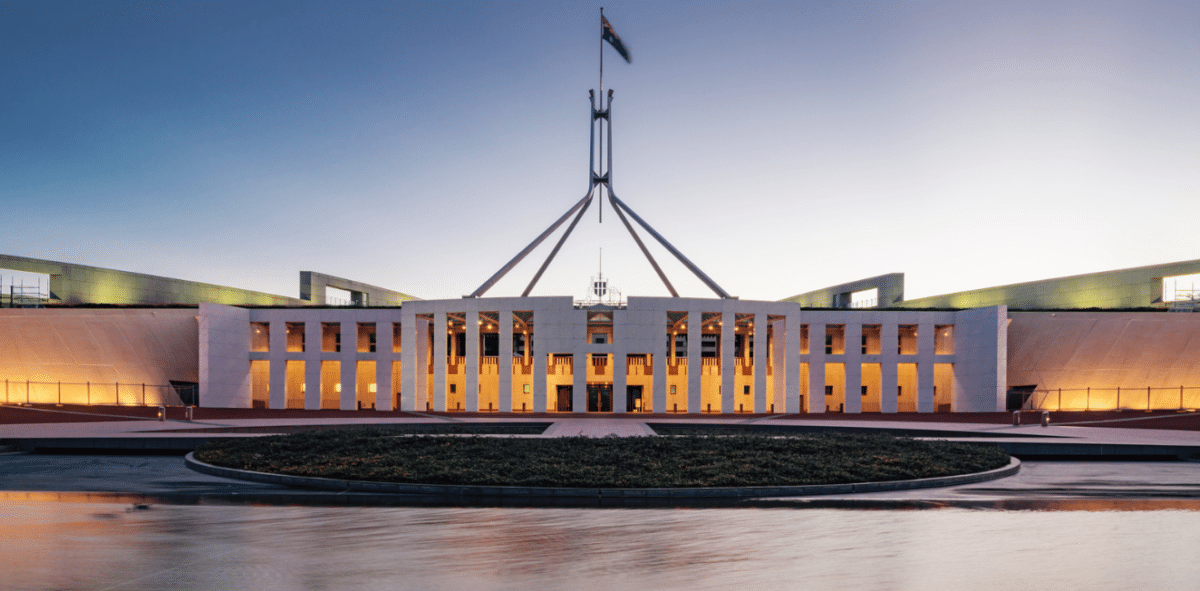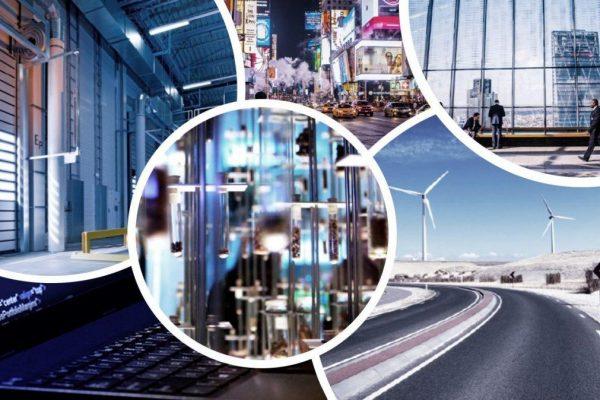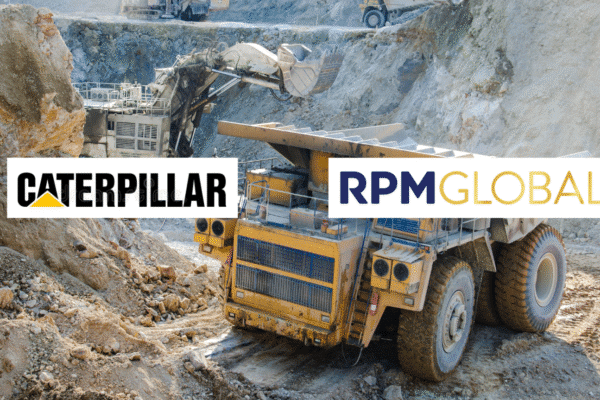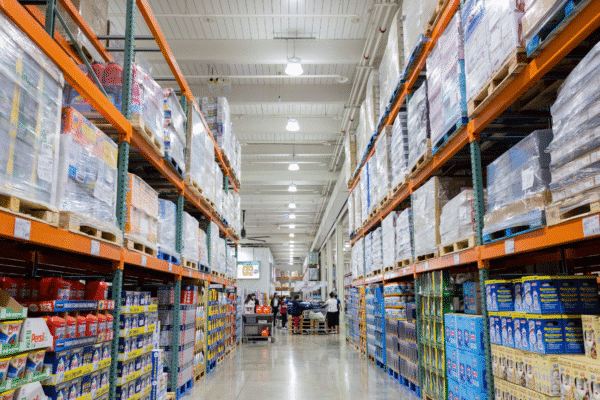The need for support to raise Clean Energy capital
Australia’s May 2024 budget prioritises clean energy manufacturing, aiming to make the country a key supplier in the global transition. Tax incentives are offered for hydrogen, battery, and solar cell production, alongside critical mineral mining and processing. This will foster new industries, jobs, and investment. The budget favours tax credits for operational clean energy projects, encouraging completion rather than providing up front infrastructure funding to get started. So, while the budget will make investment in Clean Energy projects more attractive, capital will need to be raised via existing grant programs or external sources to get projects off the ground.
The package of support
Because governments have not incentivised scaled manufacturing or processing of critical minerals in the past, other countries have reaped much of the economic benefit of our raw materials. The new budget focuses in areas where Australia naturally excels, like hydrogen, solar manufacturing and critical minerals. The shift in focus will build domestic manufacturing, incentivise participation in key phases of the supply chain, and assist the global transition to clean energy.
Budget highlights
- $7bn Critical Minerals Production Tax Credit (PTC) incentivising investment in minerals processing
- $3.2bn additional funding for Australian Renewable Energy Agency (ARENA) technology commercialisation to underwrite design and build of projects providing scaled hydrogen into export or domestic industrial markets
- $6.7bn Hydrogen Production Tax Incentive. This incentive will provide $2 per kilogram of hydrogen produced between 2027-28 for up to 10 years per project
- $1.3bn of additional hydrogen head start funding. This will underwrite hydrogen business cases and provide closer economic equality between hydrogen and fossil fuels for energy transition scenarios
- $209m funding for the Net Zero Economy Authority which promotes the transition to net zero carbon emissions across industries and communities
- $168m to prioritise approval decisions for renewable projects of national significance
- $500m Battery Breakthrough Initiative. This will help to extract more value from our natural resources, grow Australia’s battery manufacturing capabilities, and diversify supply chains
Prior to the budget the Federal Government also announced $1bn for the Solar Sunshot program incentivising investment in Australian-based solar panel manufacturing.
What the package says about Government intent
The Federal Government has opted to provide tax incentives instead of direct capital funding, allowing market forces to select viable projects. This mitigates Government risk and ensures public funds support in-flight projects with a higher chance of economic success.
Avoidance of risk in capital funding is not surprising when considering some of the volatilities in the market, for example:
- In the 12 months leading up to the budget, the global markets for critical minerals like Copper, Vanadium, Lithium, Manganese, Rare Earths and Cobalt were volatile. As an example, Lithium prices rose up until the beginning of 2023 and then consistently fell in the pursuing 12 months.
- Hydrogen projects are dependent on technology adoption. Because of this, economic cases for investment often require considerable scale, and therefore large amounts of capital investment, before project economics start to compete with fossil fuel alternatives
- Potential battery projects in Australia are usually focused on scale up and deployment of new battery chemistry innovation. These projects must compete with existing technologies, usually on a global footing, for the projects to be considered viable. Locally developed technologies such as Vanadium offer potential competitive advantage.
What this all means for Clean Energy project developers
The budget is well thought out and, projects that are able to leverage the tax breaks will hold significantly improved investment appeal. However, most projects will need to raise external capital because, while existing programs can offer some funding, Australian Governments have signaled their intention not to accept a majority risk position. For those projects not able to access the tax breaks, these will require stronger differentiation and higher returns to attract investment.
How InterFinancial can support with capital raising
If your Clean Energy project needs support with capital raising, we are here to help. Over our 37 years in M&A, we have built an extensive network of organisations and investors seeking clean energy, manufacturing and mining services opportunities. We have a proven track record in energy project capital raising. Our skilled team has real world experience in capital raising and commercialistion of technology and is focused on efficiently closing transactions and maximising value for our clients. As part of the Clairfield International partnership, we have access to global capital sources including across Europe, Asia and the Americas.
For more information, please contact Derek Thomson, our Director of Clean Energy and ESG: dt******@****************om.au.
*A version of this article was originally published by Derek Thomson on LinkedIn. Get involved in the discussion!










